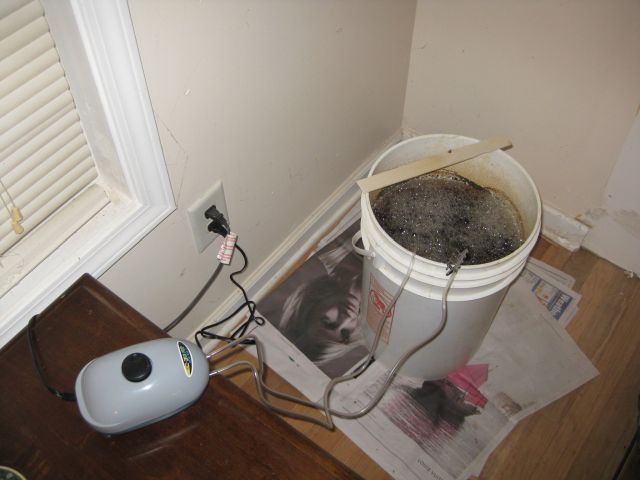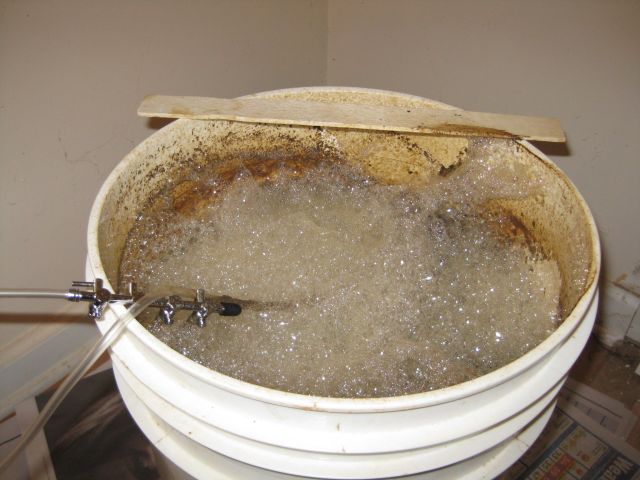It takes some skill to see or observe things and then a lot more experience and skill to interpret what you see. With me it is a drawn out journey. There were signs along the way which I ignored and am only now, with hindsight, piecing together. I remember when I purchased the land some 4 years ago and my sceptical neighbor, now deceased, wagered his tomatoes would outgrow mine. And in that first year I had the most amazing huge tomatoes and he admitted, sheepishly that he had snuck in to take a few baseball sized specimens to give to a friend who lamented (until he received the gift) that the days of really good tomatoes were past. That was my first year and, altho I subsequently religiously rotated growing areas and weeded and watered, I never replicated those first heady moments when the harvest was unceasing and delicious.
Never, until last year when if you go to my 8/22/13 post you will see that I marveled at the prodigious production of a single 4ft sq. raised bed. Marveled, but never stopped to consider why!
A few weeks ago I read again about compost teas and decided to head down this road and purchased Teaming with Microbes by Lowenfels, which discusses compost teas and intelligibly leads the reader through the soil web and bacteria and fungi. And as I read I concluded that my compost, which in my untutored opinion was excellent, was really deficient because its components are mainly (90%) comprised of brown material such as leaves and woodchips and minimal green materials. So as I read further I realized my compost is best suited for shrubs and trees and not for vegetables. And then the penny clicked! In my first year I had used compost from our Atlanta house which has a 50:50 ratio of brown and green (the green is grass cuttings from our lawn – at the farm there are no grass cuttings). And then I also remembered that the 4ft sq raised bed which performed so stellarly last year had also incorporated compost from the Atlanta house. So I asked myself – could the solution be in the compost I was using? I decided on two steps – use Atlanta compost to make compost tea for the raised beds to try upgrade the compost in place, and use Atlanta compost for the future tomato growing areas. Such usage required negotiation with the Atlanta compost maker and the logic I am using is that my farm prepared fungal dominated compost is better suited for the roses and shrubs that dominate the Atlanta garden than the bacteria dominated compost which I will accept in exchange and use on the vegetables for our common benefit.
Compost tea
To simply add compost to water will fail. Bacteria, the good guys, need air to survive so you have to add air to the water and this is done using an aquarium pump connected with tubing to “stones” pinned by real stones to the bottom of the 5 gal container which is filled with (in my case) well water maintained at a reasonable temperature. Chlorinated utility water will kill off the bacteria. I then add 2 quarts of Atlanta compost. So the bacteria are now receiving air and will survive and hang out in the compost unless induced to leave. And the daily bribe is 2 tablespoonfuls of molasses, diluted in warm water and added to the brew.

Such is the logic, and formation of bubbles and brown/black slime is supposed to evidence the proliferation of bacteria.

I sprayed my first batch on the raised vegetable beds, except for my control bed which is 4ft by 10 ft with 10 ft seed rows running south to north. I demarcated a 5 ft midpoint and sprayed the compost tea on the southern half of this bed. The northern half catches slightly more sun than the southern half so it has a slight advantage which I am hoping the compost tea will overcome. Since both halves have the same seed species planted at the same time it will be interesting to see if the southern half outperforms the northern half. I used my second brew for several days to water my tomato seedlings in the greenhouse. I topped the container with water and added the molasses meal each day.
So now wait and see – the author of one of my fruit tree books says the jury is still out on compost teas. I understand the logic of the process but am I really producing viable bacteria which will proliferate and alter the dynamics of my soil? The concept has a resemblance to the biodynamic approach – I attended a workshop last weekend where we added formulated cow manure to a pail of water and created a vortex (oxygenation?) before sprinkling the solution on the growing areas. What I should really do is have a thorough scientific analysis prepared of soil samples from my beds and use that as my starting point, but I like to meander along and try figure it all out myself.
